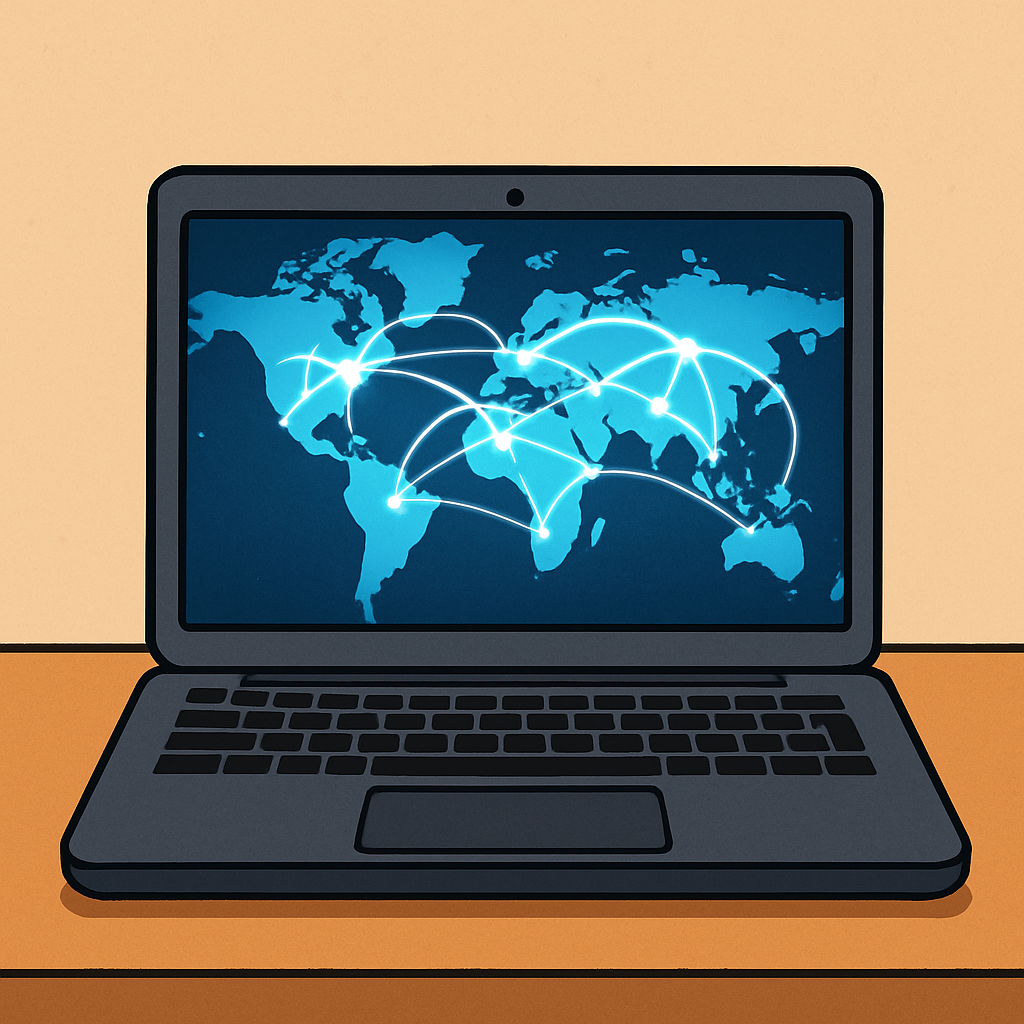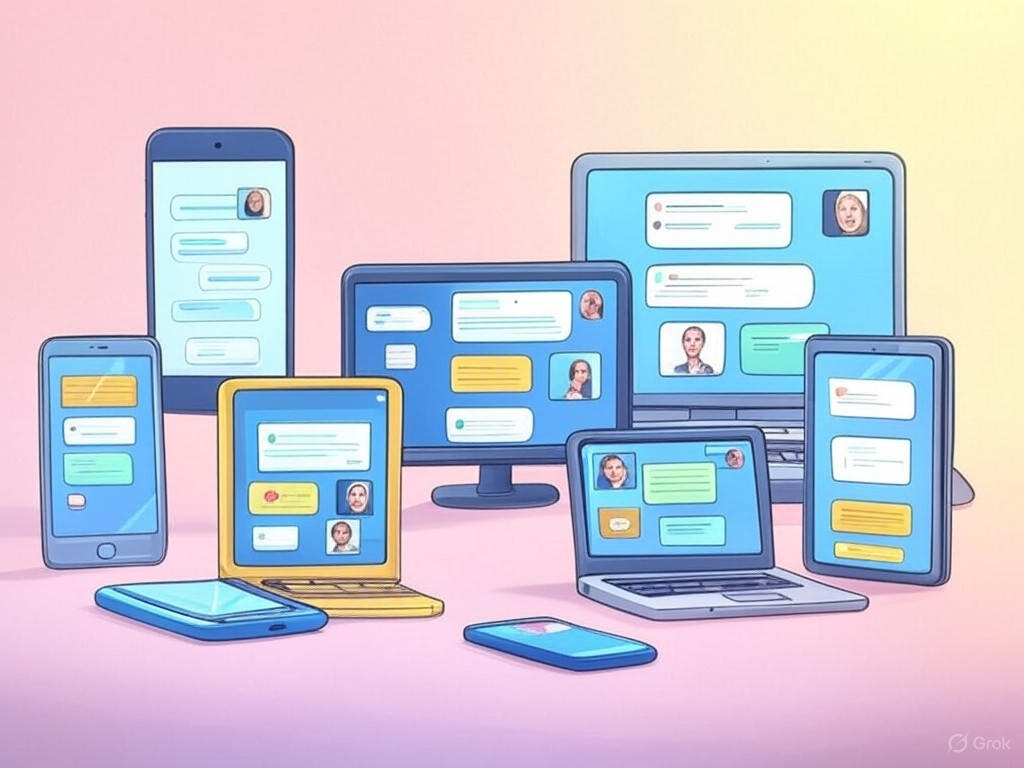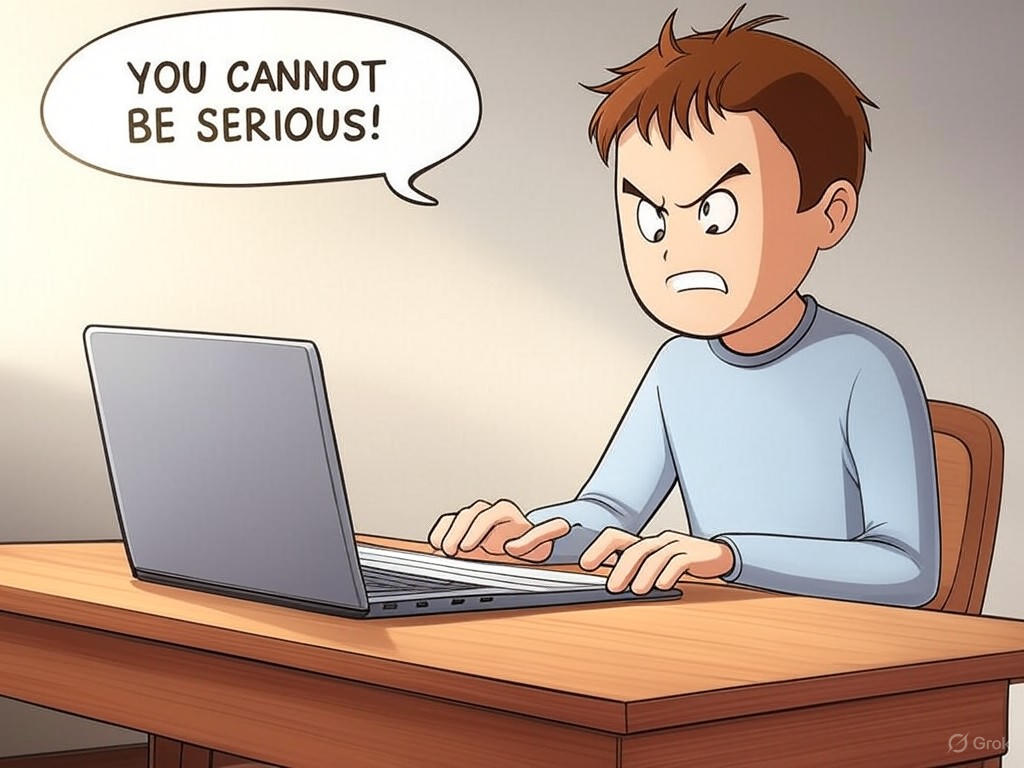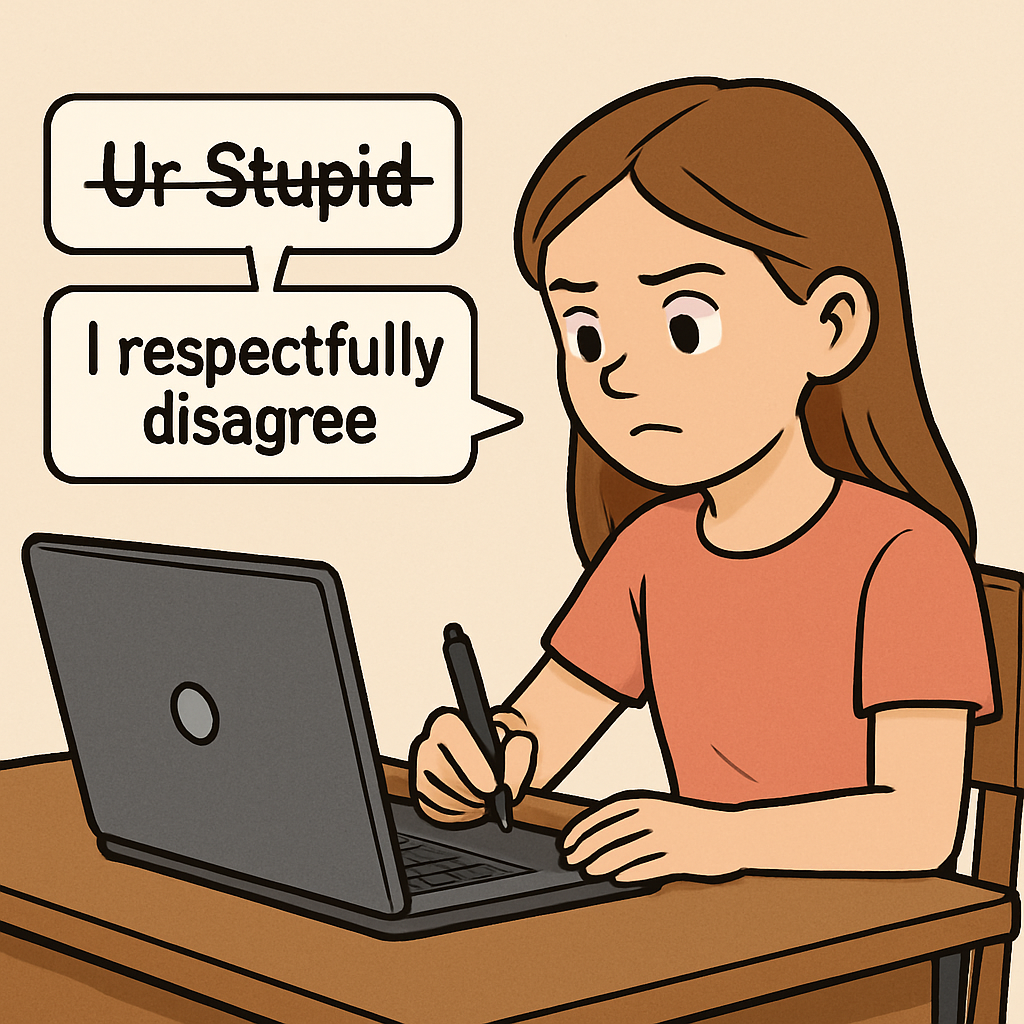 Imagine sending a message to a friend on the other side of the world and getting a reply in just a few seconds. Or think about joining a video call with your classmates from home. This is the amazing power of digital communication. In our world today, we use the internet to talk, share ideas, and make friends more often than ever.
Imagine sending a message to a friend on the other side of the world and getting a reply in just a few seconds. Or think about joining a video call with your classmates from home. This is the amazing power of digital communication. In our world today, we use the internet to talk, share ideas, and make friends more often than ever.
It is important to know why digital communication is useful. Learning skills in online communication helps you make friends, learn new things, and stay safe online.
In this lesson, you will find out what digital communication means, look at different ways to do it, and learn how to communicate in a clear, respectful, and responsible way. By the end of this lesson, you will feel more confident when you interact online.
 Digital communication is any way we share information or talk to others using technology and the internet. It is like talking face-to-face, but through devices such as telephones, computers, or tablets. Instead of speaking directly to someone in the same room, you can send messages, share pictures, or even have video chats with people far away.
Digital communication is any way we share information or talk to others using technology and the internet. It is like talking face-to-face, but through devices such as telephones, computers, or tablets. Instead of speaking directly to someone in the same room, you can send messages, share pictures, or even have video chats with people far away.
At its core, digital communication uses the internet to send data from one device to another. For example, when you type a message on your telephone and press send, it travels through the internet to your friend's device almost instantly. This technology makes it possible to connect with anyone, anywhere, as long as you have an internet connection.
This happens in many places online, such as:
For instance, you might send a quick message on WhatsApp to a friend about your weekend plans. These tools let us connect anytime, anywhere, but it is important to use them wisely to avoid misunderstandings or problems, like sending something you did not mean to or sending something to the wrong person.
Digital communication is a big part of our daily lives. It helps us stay in touch with family and friends, work on school projects together even if we are not in the same place, and learn new things from people around the world. Think about how you already use it – maybe texting your family to say you are on your way home, or emailing a teacher with a question about homework. It makes sharing ideas quick and easy, but remember, just like in real life, it is good to be thoughtful about what you say.
 There are many ways to communicate online. Each way uses different tools and styles. We will look at these and see which ones work best for different situations.
There are many ways to communicate online. Each way uses different tools and styles. We will look at these and see which ones work best for different situations.
Here are some of the main tools we use for digital communication. Each one is good for certain things and fits different needs.
Communication styles can be casual or formal. They can also be for one person or for a group. Choosing the right style helps your message to be clear and suitable.
It is important to pick the right tool and style so your message is clear. For example, use casual messaging for fun talks with friends, but use a formal email for school questions.
To show more, think about what each tool is good for: Messaging apps are fast, while email keeps a record you can look back at. Video calls help you feel closer by seeing and hearing each other, and forums let people share knowledge together.
 Talking online can be fun and helpful. However, it is important to do this in a kind and safe way. This means thinking about how you sound in your messages, making sure they are easy to understand, and following good manners online. When you do these things, you can have good chats, avoid mistakes, and stay safe with others.
Talking online can be fun and helpful. However, it is important to do this in a kind and safe way. This means thinking about how you sound in your messages, making sure they are easy to understand, and following good manners online. When you do these things, you can have good chats, avoid mistakes, and stay safe with others.
Here are some important ways to communicate well and responsibly online. We will explain each one with tips and examples so you can use them in your own messages.
 In this activity, you will look at some examples of digital messages and rewrite them to make them clearer, more respectful, and safer. This will help you practise the good communication skills we have learnt about. Please use a notebook or a notes app to write down your answers.
In this activity, you will look at some examples of digital messages and rewrite them to make them clearer, more respectful, and safer. This will help you practise the good communication skills we have learnt about. Please use a notebook or a notes app to write down your answers.
Read each scenario carefully. Think about tone, clarity, digital etiquette, and safety. Then, write a better version of the message. Make sure your new messages are polite, easy to understand, and right for the situation.
You are in a group chat with friends planning a game. Someone writes: 'UR IDEA IS STUPID! CHANGE IT NOW!'
Rewrite this message to make it respectful and clear. Use a positive tone for a friendly group chat.
You are writing an email to your teacher about homework you find hard. Your first try is: 'hey i dont get this send help asap.'
Rewrite this message in a formal way. Use good manners, like a polite greeting and ending.
In an online forum, someone asks for advice, and you want to share a helpful link. But your message includes the name of your school by mistake.
First, think about why sharing personal information like your school name can be risky. Then, rewrite the message without any personal details. Keep it helpful and safe.